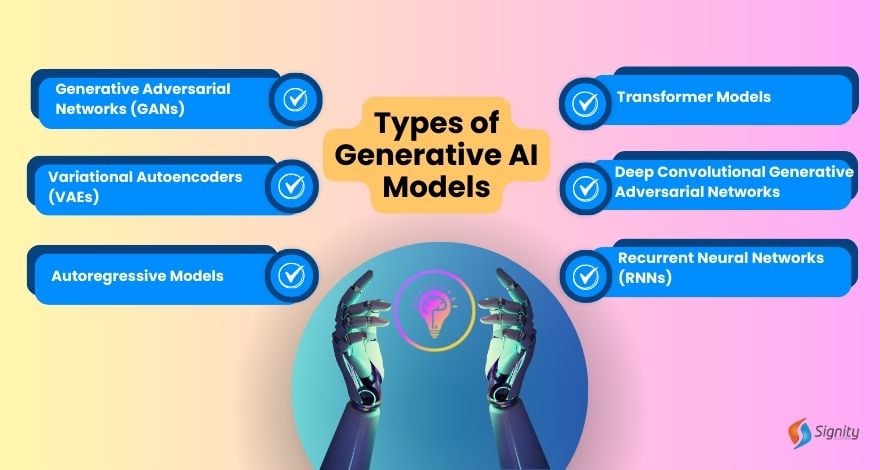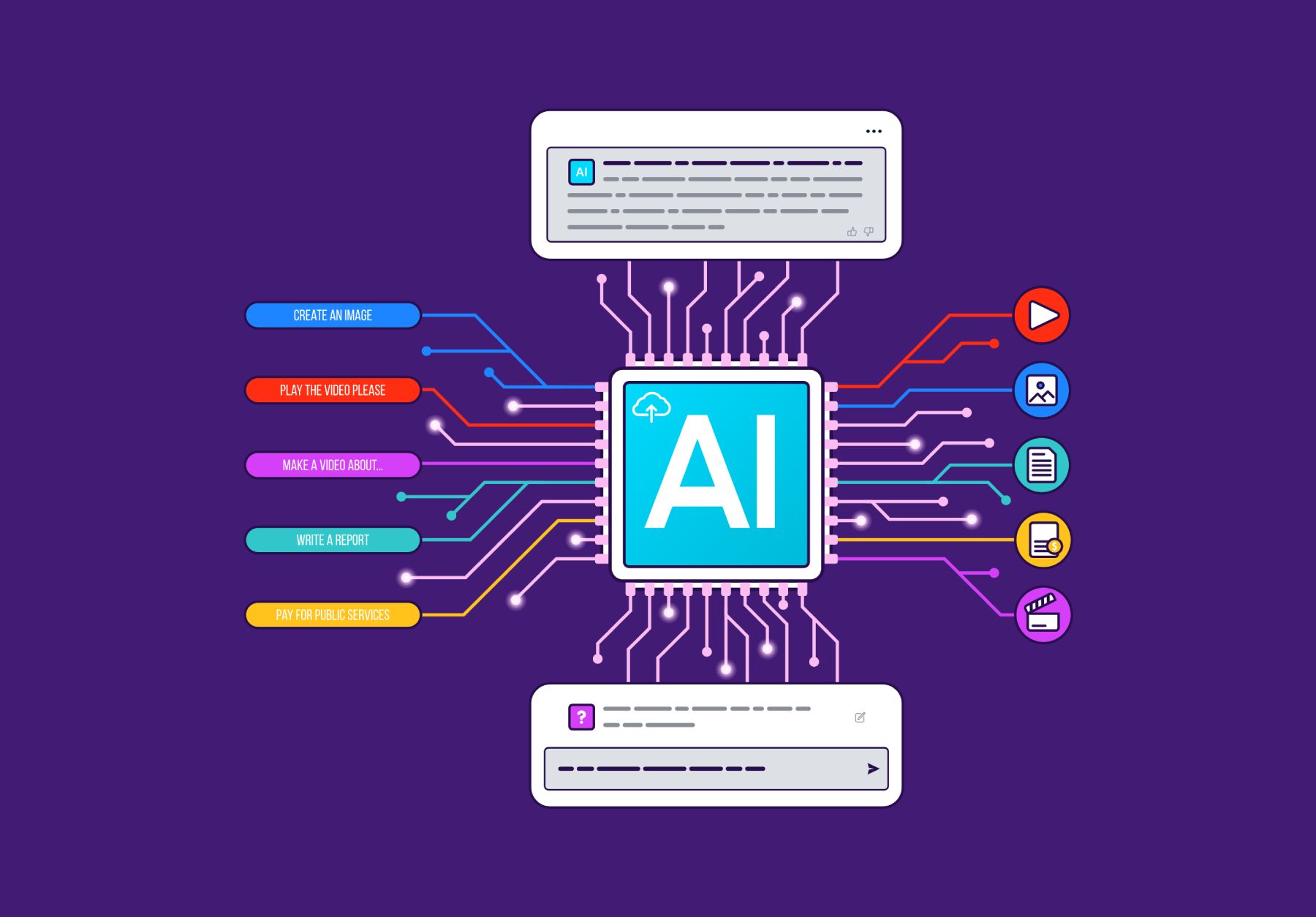Featured
Such designs are trained, using millions of examples, to forecast whether a particular X-ray reveals indicators of a lump or if a particular consumer is most likely to default on a car loan. Generative AI can be taken a machine-learning version that is trained to develop new data, rather than making a forecast concerning a certain dataset.
"When it pertains to the actual machinery underlying generative AI and various other sorts of AI, the distinctions can be a bit fuzzy. Often, the same formulas can be used for both," claims Phillip Isola, an associate professor of electric design and computer technology at MIT, and a participant of the Computer technology and Artificial Intelligence Lab (CSAIL).

One huge distinction is that ChatGPT is far larger and much more complicated, with billions of specifications. And it has been trained on a substantial quantity of data in this case, much of the openly readily available message on the net. In this massive corpus of text, words and sentences show up in turn with certain reliances.
It finds out the patterns of these blocks of text and utilizes this expertise to propose what may follow. While bigger datasets are one driver that caused the generative AI boom, a selection of significant study developments likewise resulted in even more complex deep-learning architectures. In 2014, a machine-learning style referred to as a generative adversarial network (GAN) was suggested by researchers at the College of Montreal.
The generator attempts to fool the discriminator, and at the same time learns to make more sensible results. The picture generator StyleGAN is based on these kinds of versions. Diffusion versions were introduced a year later by researchers at Stanford University and the University of The Golden State at Berkeley. By iteratively refining their output, these versions learn to generate brand-new information examples that appear like examples in a training dataset, and have actually been utilized to create realistic-looking photos.
These are just a couple of of several strategies that can be made use of for generative AI. What every one of these methods share is that they transform inputs right into a set of tokens, which are numerical depictions of chunks of information. As long as your information can be converted into this standard, token layout, after that in theory, you can apply these approaches to produce new information that look similar.
Ai Ecosystems
But while generative versions can accomplish incredible results, they aren't the best choice for all sorts of information. For tasks that entail making forecasts on organized data, like the tabular data in a spreadsheet, generative AI versions tend to be surpassed by traditional machine-learning approaches, states Devavrat Shah, the Andrew and Erna Viterbi Teacher in Electrical Engineering and Computer System Science at MIT and a participant of IDSS and of the Lab for Info and Decision Systems.

Formerly, people had to speak to devices in the language of devices to make things happen (Emotional AI). Currently, this interface has actually determined how to talk with both human beings and devices," states Shah. Generative AI chatbots are now being used in call centers to field inquiries from human consumers, however this application highlights one prospective red flag of executing these designs worker variation
Ai Virtual Reality
One appealing future instructions Isola sees for generative AI is its usage for fabrication. Instead of having a design make a picture of a chair, probably it could generate a plan for a chair that can be created. He also sees future usages for generative AI systems in developing more usually intelligent AI representatives.
We have the capability to think and dream in our heads, to find up with interesting ideas or strategies, and I believe generative AI is among the devices that will encourage agents to do that, as well," Isola states.
Ai In Daily Life
Two extra current advances that will be reviewed in even more detail listed below have played a vital component in generative AI going mainstream: transformers and the development language designs they made it possible for. Transformers are a sort of artificial intelligence that made it feasible for researchers to train ever-larger models without having to label every one of the data ahead of time.

This is the basis for devices like Dall-E that automatically produce images from a text description or generate text captions from pictures. These developments notwithstanding, we are still in the very early days of using generative AI to produce legible text and photorealistic elegant graphics.
Going forward, this modern technology might aid write code, design new drugs, create products, redesign company processes and change supply chains. Generative AI starts with a timely that could be in the form of a message, a photo, a video, a style, musical notes, or any input that the AI system can refine.
Researchers have actually been developing AI and other tools for programmatically generating material since the very early days of AI. The earliest methods, referred to as rule-based systems and later on as "expert systems," used explicitly crafted regulations for creating responses or information sets. Semantic networks, which create the basis of much of the AI and maker discovering applications today, turned the trouble around.
Developed in the 1950s and 1960s, the first semantic networks were restricted by an absence of computational power and little information collections. It was not until the development of huge information in the mid-2000s and renovations in computer hardware that neural networks came to be functional for generating content. The area increased when researchers located a method to obtain semantic networks to run in parallel throughout the graphics refining systems (GPUs) that were being used in the computer gaming market to render computer game.
ChatGPT, Dall-E and Gemini (formerly Bard) are popular generative AI interfaces. Dall-E. Educated on a large information set of images and their linked text descriptions, Dall-E is an instance of a multimodal AI application that recognizes connections throughout numerous media, such as vision, message and sound. In this case, it connects the significance of words to visual aspects.
Ai Trend Predictions
Dall-E 2, a 2nd, more qualified variation, was released in 2022. It makes it possible for customers to create images in multiple designs driven by user motivates. ChatGPT. The AI-powered chatbot that took the world by storm in November 2022 was improved OpenAI's GPT-3.5 execution. OpenAI has actually supplied a way to interact and tweak message feedbacks through a conversation interface with interactive comments.
GPT-4 was launched March 14, 2023. ChatGPT includes the history of its discussion with a user into its results, imitating an actual discussion. After the amazing popularity of the brand-new GPT interface, Microsoft revealed a substantial new financial investment right into OpenAI and incorporated a version of GPT right into its Bing search engine.
Latest Posts
What Industries Use Ai The Most?
How Does Ai Work?
What Are The Limitations Of Current Ai Systems?